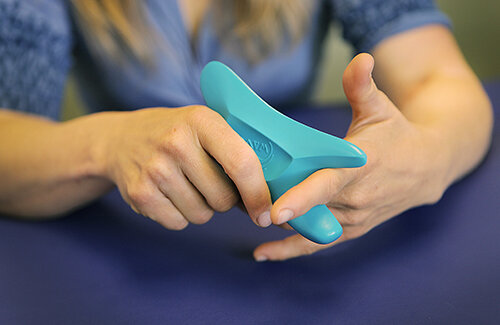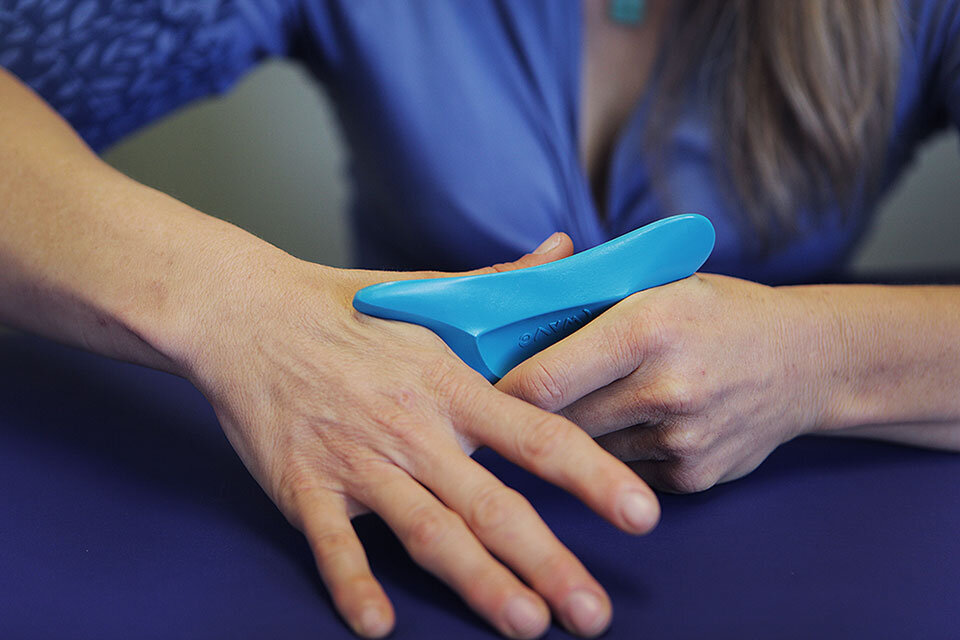Helping to decrease Trigger Finger adhesions with the Wave Tool
Trigger finger also known as Stenosing Tenosynovitis is caused by the flexor tendons getting “stuck” as they move through the finger pulleys. This is caused by inflammation in the tendon sheath and/or the pulleys, and the A1 pulley and tendon sheath is most often the culprit. The tendon and pulley become “sticky” and can develop adhesions or nodules. The thumb and first finger are most often affected.
I use the Wave Tool with my patients to help improve the tissue mobility by decreasing fascial adhesions, improving the lubrication from the Hyaloronic acid between fascial layers, and by breaking up fibrosis and adhesions within the tendon and pulley. This can help return the tendon to health.
Traditional treatments include rest, steroids, splinting, exercise, medication and steroid injections. Many of these are mildly effective. Surgical treatment involves releasing, "cutting" the A1 pulley to allow the tendon to move freely.
IASTM treatment has been shown in clinical studies to be highly effective at releasing adhesions and stimulating a healing response. I recommend trying IASTM treatment from a therapist, or experimenting with the Wave Tool 2-3 x a week to see if the stenosing adhesions can be released and tendon function returned to normal.

When treating with the Wave tool, make sure to be gentle if the tendons are inflamed, but if the condition is chronic, than you can use moderate pressures with the Wave Tool for 5-10 minutes 2-3 x a week. Our finger pulley treatment video on our site should help you get started.